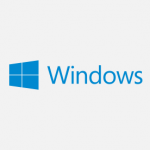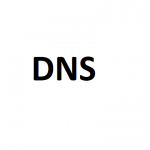
I’ve noticed an issue with Microsoft Windows Server 2016, where a default install, when joined to an Active Directory Domain, will not get it’s time from the domain itself, but rather from “time.windows.com”.
I first noticed this a couple months ago when I had some time issues with one of my Server 2016 member servers. I ran “net time” which reported time from the domain controller, so I simply restarted the VM and it resolved the issue (or so I thought). I did not know there was a larger underlying issue.
While performing maintenance today, I noticed that all Windows Server 2016 VMs were getting their time from “time.windows.com”. When running “w32tm /monitor”, the hosts actually reported the PDC time sources, yet it still used the internet ntp server. I checked all my Windows Server 2012 R2 member servers and they didn’t have the issue. All workstations running Windows 10 didn’t have the issue either.
When this issue occurs, you’ll notice in the event log that the Windows Time Service actually finds your domain controllers as time sources, but then overrides it with the internet server time.windows.com for some reason. The only reference you’ll find pertaining to “time.windows.com”, will be when you run the “w32tm /query /configuration” command.
We need to change the time source from that host to the domain “NT5DS” time source. We’ll do so by resetting the configuration to default settings on the member server.
How to reset the Windows Time Service (w32tm) to default settings
PLEASE NOTE: Only run this on member servers that are experiencing this issue. Do not run this on your domain controller.
- Open an elevated (administrative) command prompt
- Run the following commands:
net stop w32time w32tm /unregister w32tm /register net start w32time
- Restart the server (may not be needed, but is a good idea)
After doing this, when running “w32tm /query /configuration” you’ll notice the time source will now reflect “NT5DS”, and the servers should now being using your domain hierarchy time sources (domain controllers).
